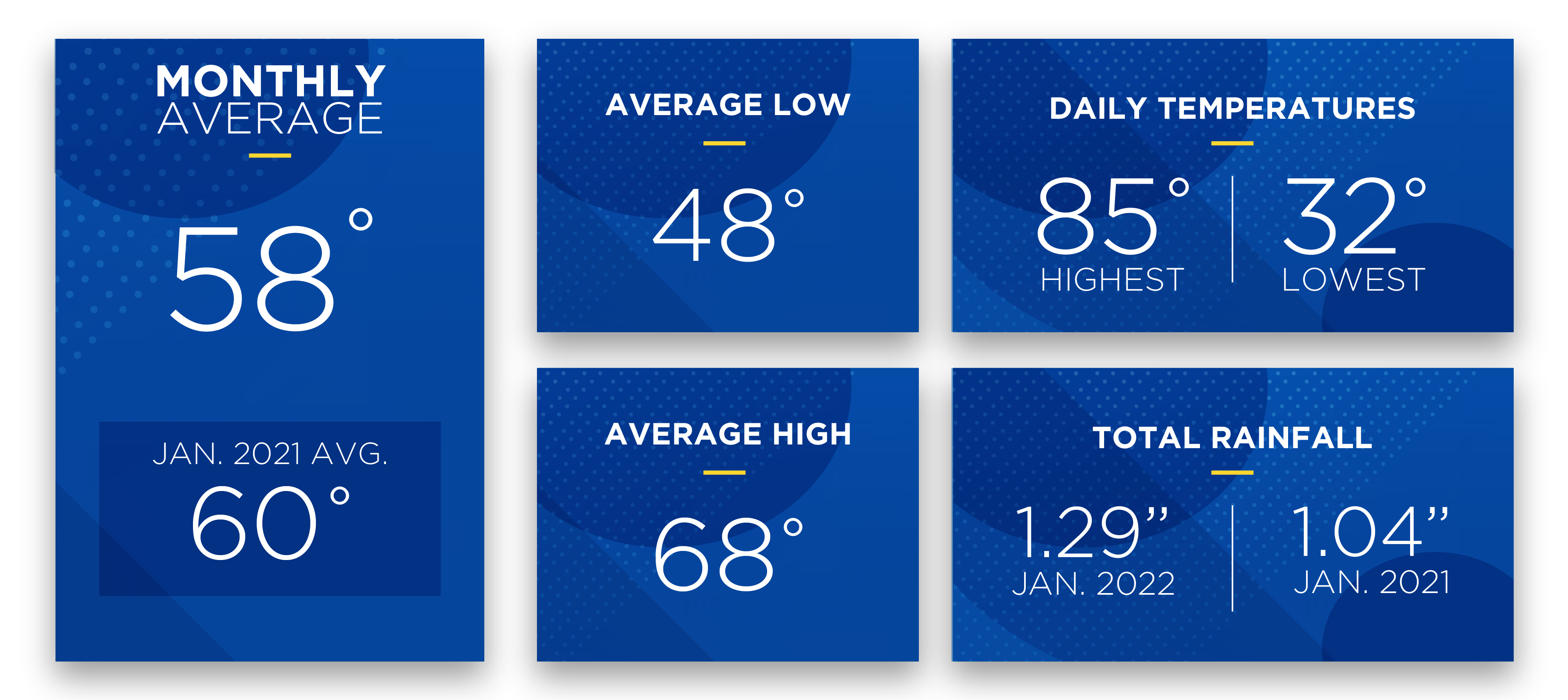SECO Energy District 3 Members Re-elect Gerald Anderson as Trustee
SECO Energy members who reside in District 3 re-elected Gerald Anderson as the District 3 Trustee on SECO Energy’s Board of Trustees. The meeting was held in the District on Tuesday, February 8, at the Savannah Center in Sumter County for the purpose of electing a Trustee to represent District 3 on SECO’s Board of Trustees.
SECO Energy is a not-for-profit electric cooperative, operated for and owned by its members. SECO’s service area is geographically divided into nine Districts. One Trustee is elected from each of the nine Districts to represent their fellow members on SECO’s nine-member Board of Trustees. Collectively, the Board represents the SECO membership, meeting monthly to monitor the financial status of the cooperative while providing fiduciary oversight and participating in policy decisions that serve the best interests of the membership at large.
Along with Gerald Anderson, Hamilton McLean of The Villages submitted a letter of intent to run for Trustee. SECO’s Bylaws currently require that the cooperative hold District Meetings. Subsequently, Florida Statute requires SECO to hold in-person elections; therefore, the cooperative continues to hold District Meetings as a means of electing Trustees. A drive-thru voting option was available for members for added convenience, to encourage participation, to practice social distancing and to reduce the size of the indoor meeting.
A SECO member since 2013, Trustee Anderson was first elected to SECO Energy’s Board of Trustees in 2019. Mr. Anderson currently serves as Board of Trustees Vice President and has completed the educational requirements from the National Rural Electric Cooperative Association (NRECA) to earn the Director Gold Credential – the highest Trustee accreditation from the NRECA.
Trustee Anderson is eager to continue his Board service. Mr. Anderson stated, “I want first to thank all of the District 3 members who attended the District Meeting and cast a vote. Serving on SECO’s Board of Trustees and as Vice President is an honor, and I am looking forward to continuing to serve SECO Energy’s membership as a Trustee. Thank you to all District 3 members who placed their trust in me as their District representative.”
Board president Richard Dennison stated, “Congratulations, Mr. Anderson, on your re-election as District 3 Trustee. On behalf of my fellow Board officers and peers, we are excited to continue working with you to ensure SECO Energy’s future success. In addition, I want to thank Mr. McLean for his willingness to serve and also thank the members who attended the District 3 Meeting and participated in the cooperative business model’s governance practices.”
Curtis Wynn CEO stated, “Mr. Anderson, thank you for your willingness to continue your SECO Energy Board service as District 3 Trustee, and congratulations on your successful re-election as well. I am grateful to all who participated in our not-for-profit cooperative’s democratic process. I look forward to working with you and the rest of the SECO Energy Board of Trustees.”
SECO Energy will post a video of the meeting later this week along with the Q&A session for member viewing.
To view a brief bio of SECO Energy’s Board of Trustees and a District boundaries map, visit our Board of Trustees website section. “Like” SECO on Facebook and “follow” @SECOEnergy on Twitter for news releases and cooperative updates. SECO Energy is an equal opportunity provider and employer.





